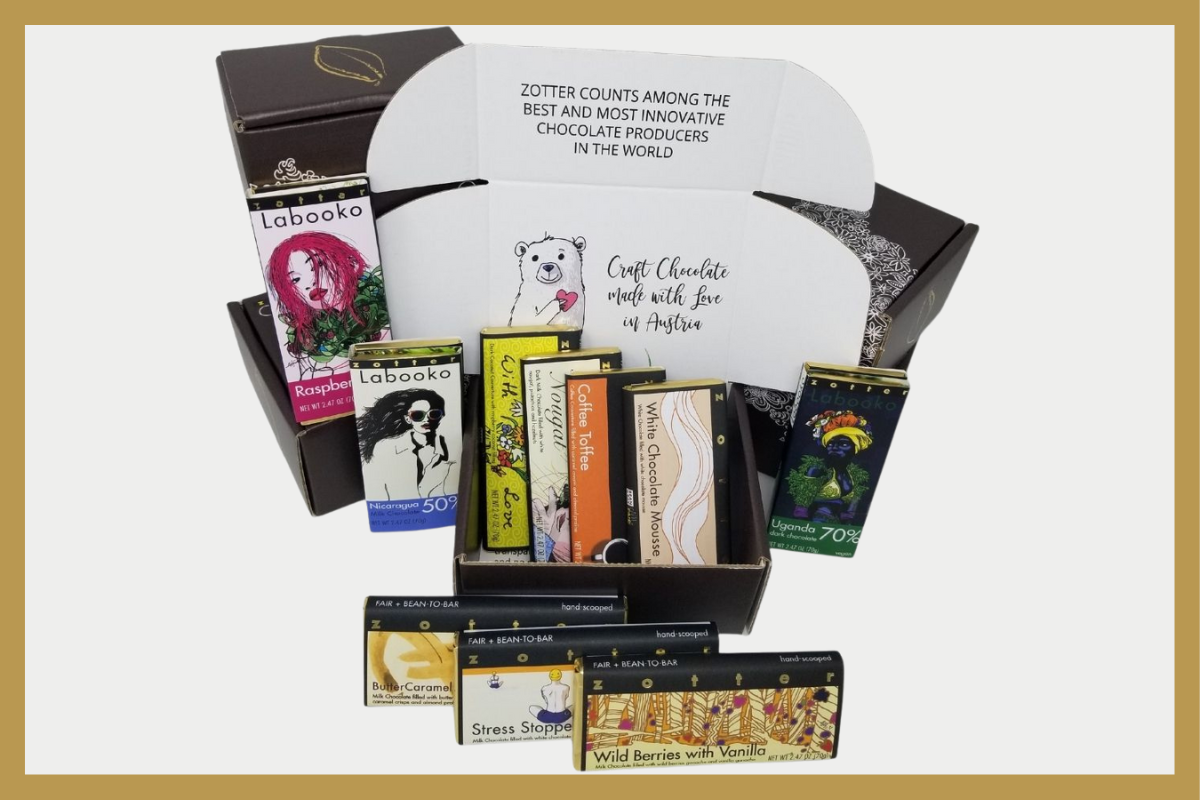Thanks to its sweet flavor and silky smooth texture, milk chocolate is a favorite among chocolate lovers of all ages. If you’ve ever wondered how milk chocolate is made, continue reading for a closer look at the process.
Cocoa Production
Like any type of chocolate, milk chocolate begins its life with the cacao tree. Cocoa pods are harvested from these trees, and their beans are extracted, fermented, and dried. The quality of a completed milk chocolate bar will depend heavily on the quality of the cocoa beans in it. Fair traded, organic cocoa beans will yield the most complex flavor characteristics. To bring out those flavors, expert chocolatiers will gently roast the cocoa beans before they’re ground into a cocoa mass.
Mixing Ingredients
To become milk chocolate, cocoa mass must be mixed with cocoa butter, sugar, and—most importantly—milk powder. Milk chocolate features a lower percentage of cocoa solids than dark chocolate, typically about 21-50%. Some milk chocolate bars are enhanced with additional ingredients like nuts, dried fruits, and caramel. These are added in the final stages of production.
Perfecting the Texture
Once the ingredients are combined, they are ground into a fine paste and then heated and aerated in a process called conching. Through the conching process, chocolate becomes smooth and shiny, so it will melt in the mouth. Stabilizers like soy lecithin and more cocoa butter may be added to create exceptionally smooth and luscious chocolate. Once the perfect texture is achieved, the chocolate is poured into molds and cooled to set.
Don’t settle for mediocre milk chocolate. Discover milk chocolate at its finest with Zotter Chocolate. We use fair traded cocoa, organic milk from the Alps, pure vanilla, and a variety of other organic ingredients to produce the best tasting milk chocolate from bean to bar. Browse our selection of milk chocolate in our online shop.


